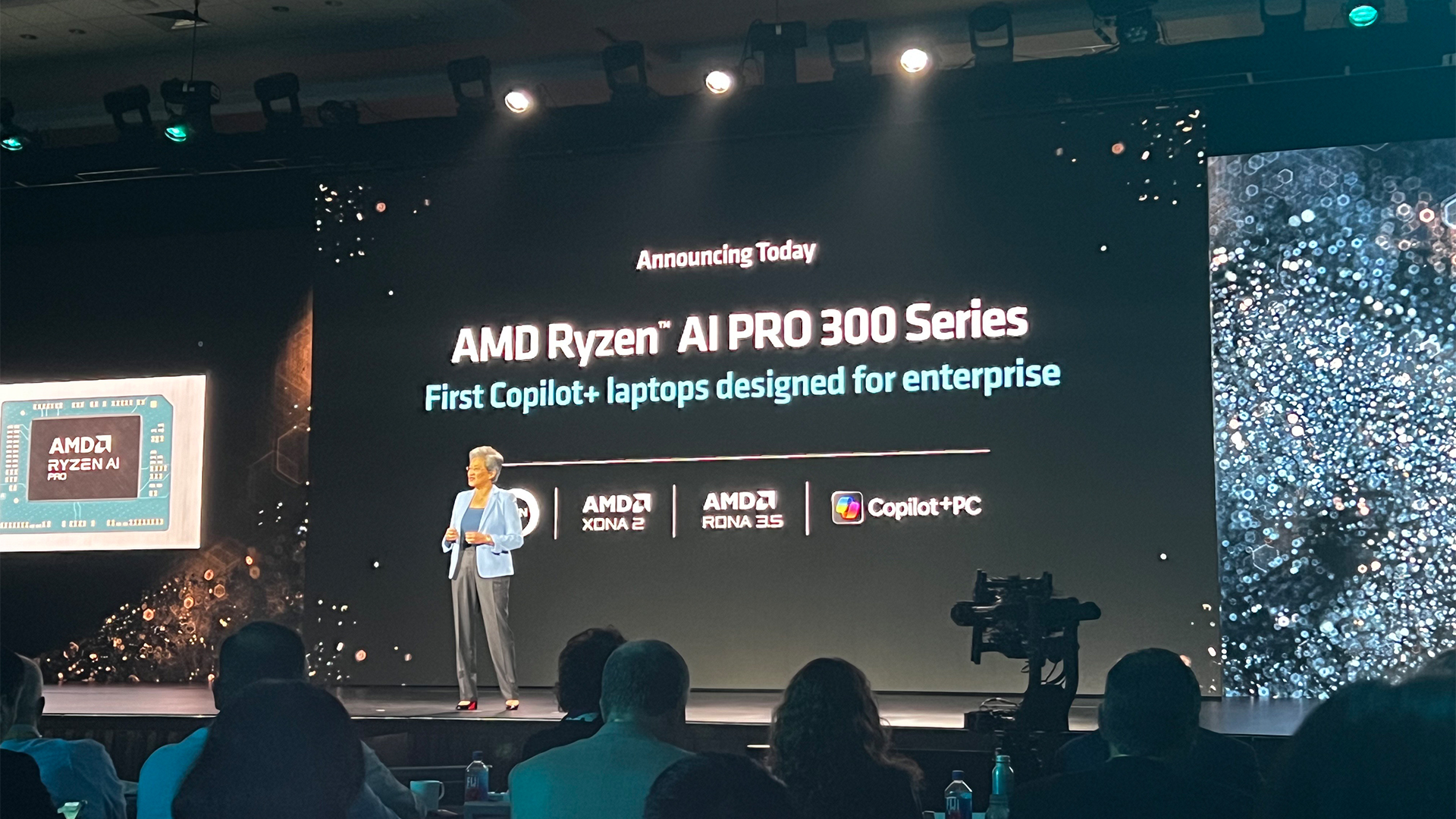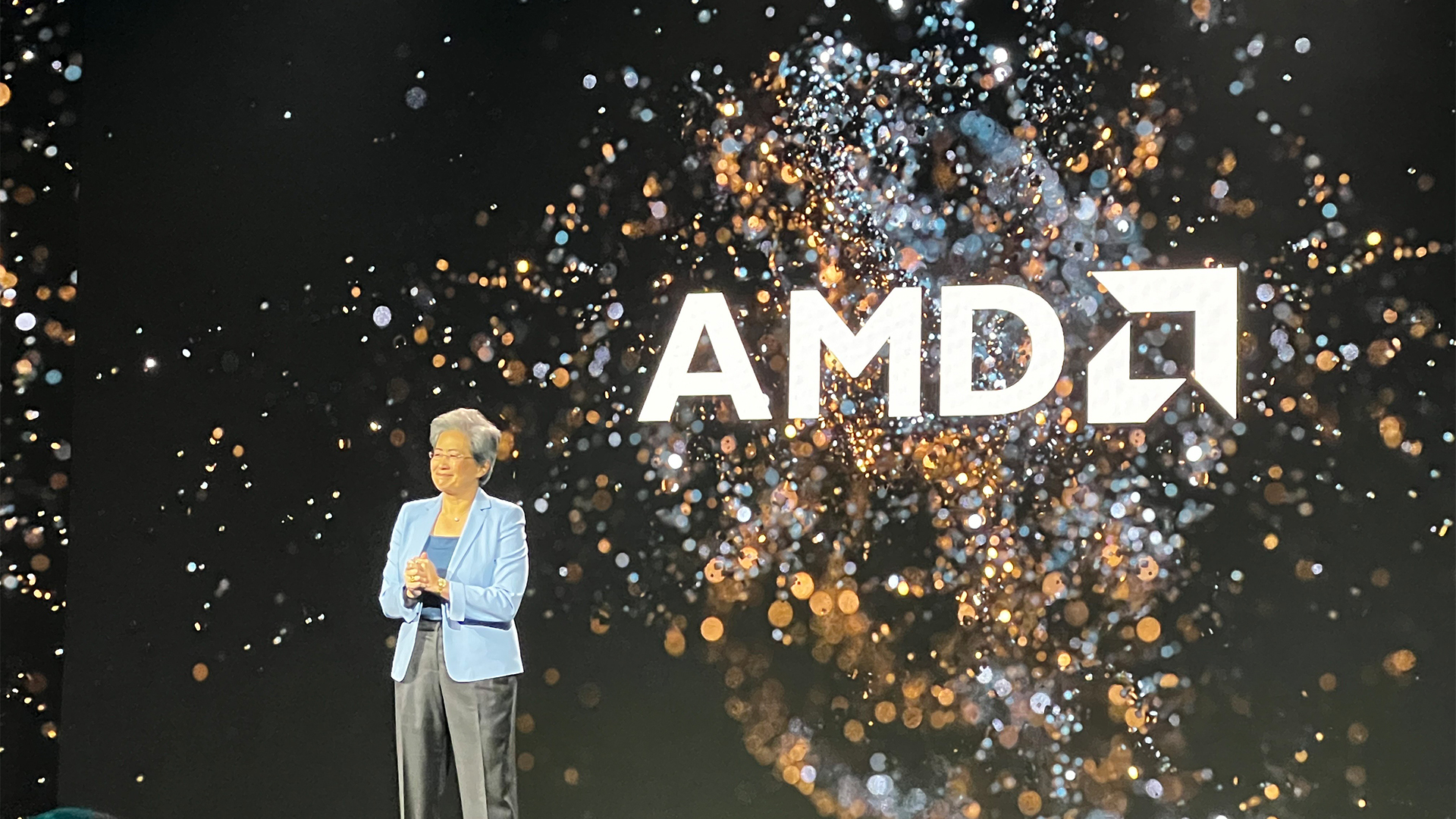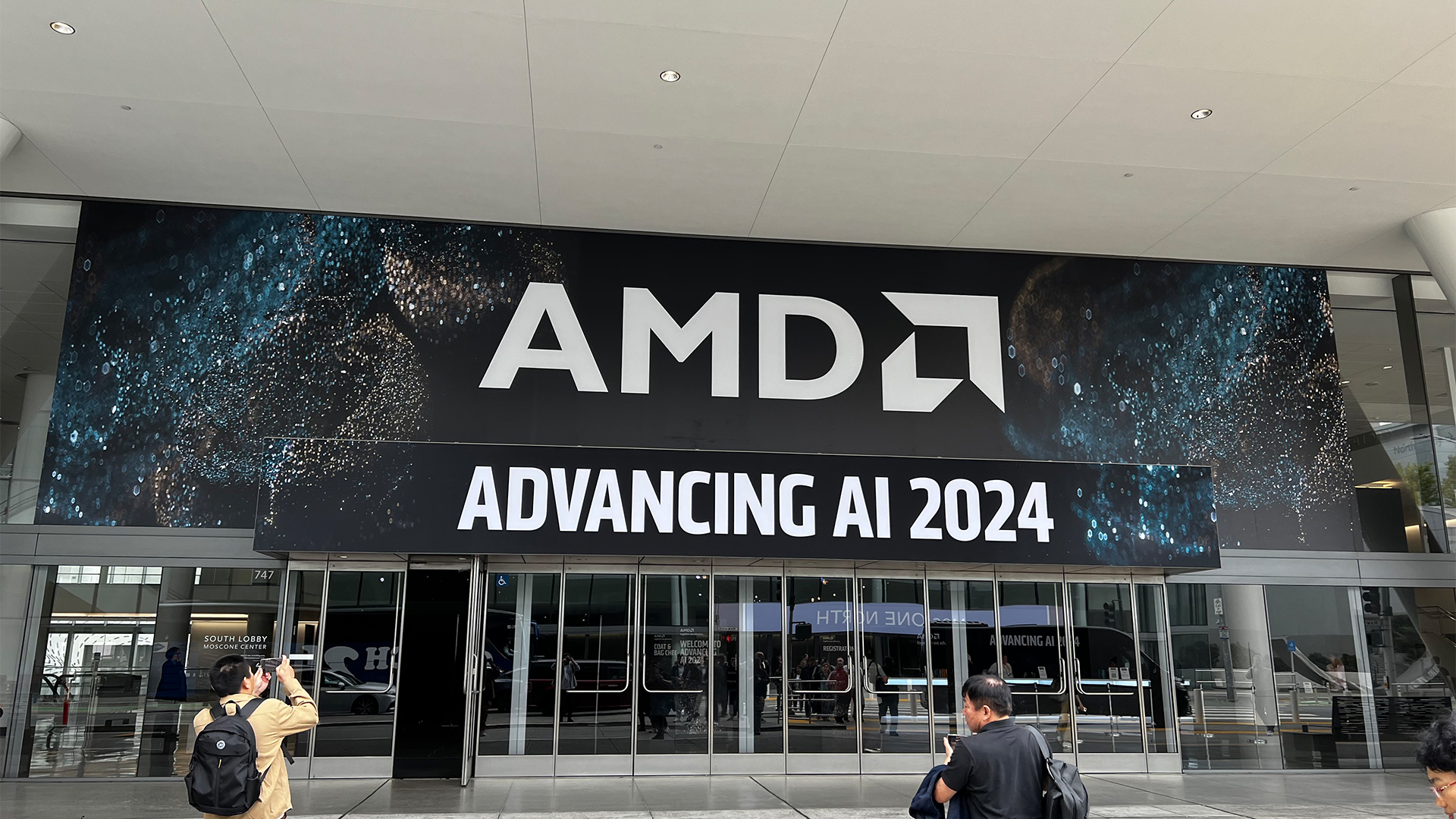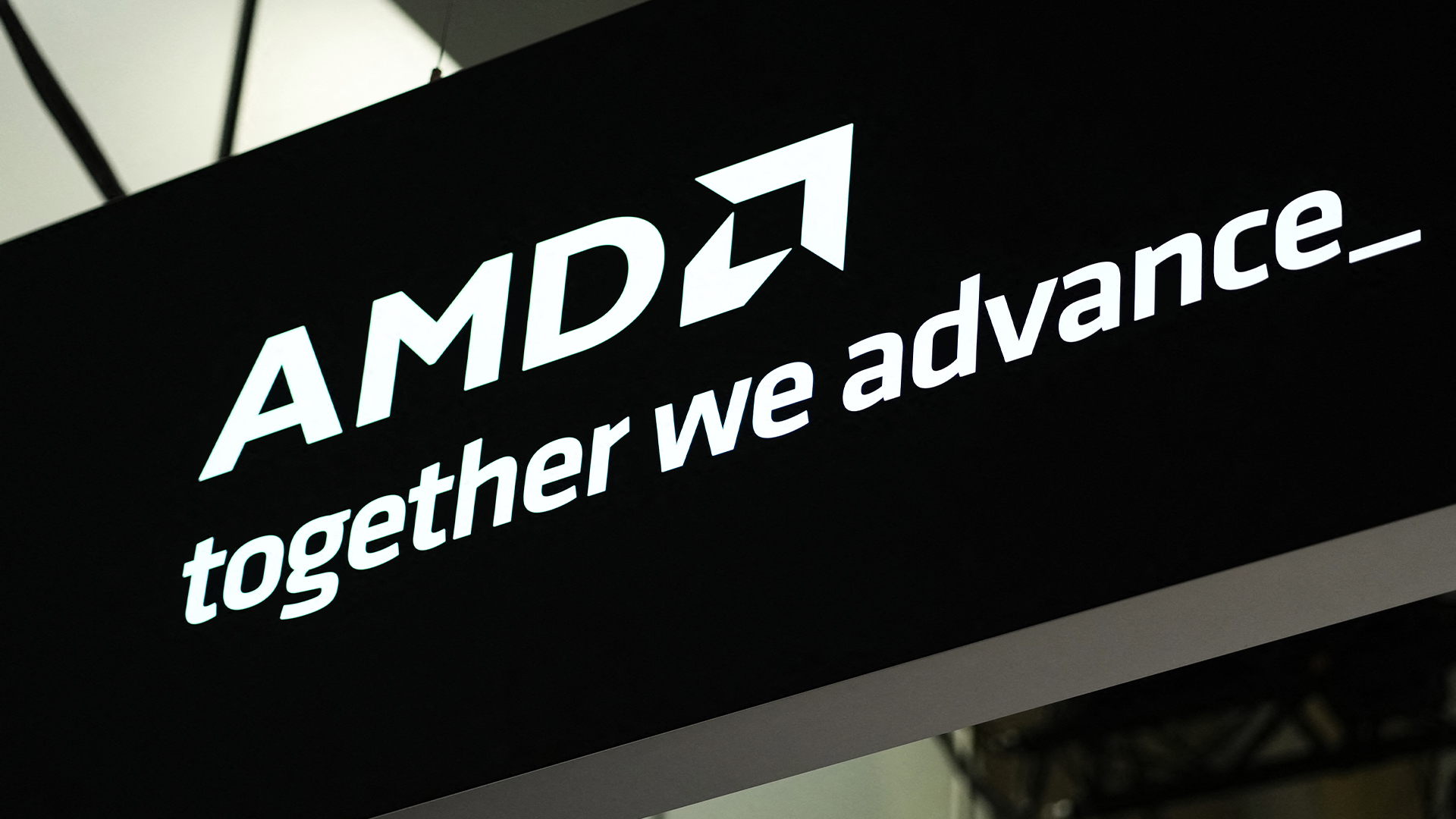AMD: Servers should have fridge style power ratings
AMD virtualisation expert calls for industry wide strategy to make power efficiency of servers clearer to companies


AMD says that the IT industry needs to create a standard that makes it possible to easily compare the power efficiency of servers.
Speaking to IT PRO, Margaret Lewis, director of commercial solutions for AMD, and one of the experts on server virtualisation, said that the IT industry needs to make it easier for companies to find out how green a server is.
One of her suggestions was for equipment, whether it be servers, desktops or laptops, to have a sticker rating on them in a similar way a to consumer devices such as a fridge.
"We need a strategy to measure power efficiency and to do that you need certain standards in place," said Lewis, "We need best practices to tell companies how to measure power and where to measure it".
Lewis admitted that measuring the power of a server is difficult as it doesn't always run under the same load. "Alternatively, we should have an average power rating, like the average miles per gallon consumption rating on the car".
Lewis said that AMD was well ahead on green issues, pointing out that it is a founding member of the Green Grid, an organisation that looks at best practices in data centre power management. She also observed that you need to look at the whole server rather than just the processor.
"We were paying attention to it long before. We're very committed to driving performance up but keeping the power envelope the same. However, it's hard to talk about the green issue from just the processor point, it's just a component."
Get the ITPro daily newsletter
Sign up today and you will receive a free copy of our Future Focus 2025 report - the leading guidance on AI, cybersecurity and other IT challenges as per 700+ senior executives
Lewis pointed out a number of ways its processor design was green, citing features such as Independent Dynamic Core, that turns off processor cores when they're not being used, and Cool Core, which can shut down floating point units when not being utilised.
Lewis said AMD architecture was optimised for power consumption on the core level, the internal level and the platform level. She also stated that it was very optimised for virtualisation thanks to AMD-V, AMD's extensions to the x86 architecture that give it hardware support for Hypervisors,
"We're maturing the x86 architecture, so it's a good candidate for virtualisation."
Lewis stated that the AMD architecture was very suited for virtualisation as its integrated memory controller means that it dealt very well with the memory intensive requirements of virtualisation, compared to Intel, whose current Xeon line uses a front side bus to connect to memory.
However, when quizzed how it would compete once Intel also moves to integrated memory controller architecture at the end of the year with Nehalem , Lewis was less assured.
"We don't know how we will compare at this stage as Nehalem isn't here However, Intel's move proves that our architecture was right, and with HyperTransport we have a proven technology," she said.
"Partnerships are key. When you buy a server, you want good technology, and established relationships. It's an important leg we're starting on."
Benny Har-Even is a twenty-year stalwart of technology journalism who is passionate about all areas of the industry, but telecoms and mobile and home entertainment are among his chief interests. He has written for many of the leading tech publications in the UK, such as PC Pro and Wired, and previously held the position of technology editor at ITPro before regularly contributing as a freelancer.
Known affectionately as a ‘geek’ to his friends, his passion has seen him land opportunities to speak about technology on BBC television broadcasts, as well as a number of speaking engagements at industry events.
-
 The Race Is On for Higher Ed to Adapt: Equity in Hyflex Learning
The Race Is On for Higher Ed to Adapt: Equity in Hyflex LearningBy ITPro
-
 Google faces 'first of its kind' class action for search ads overcharging in UK
Google faces 'first of its kind' class action for search ads overcharging in UKNews Google faces a "first of its kind" £5 billion lawsuit in the UK over accusations it has a monopoly in digital advertising that allows it to overcharge customers.
By Nicole Kobie
-
 Why the CPU you chose is the key to Windows 11
Why the CPU you chose is the key to Windows 11The end of Windows 10 is on the horizon – it’s time to upgrade to an fTPM-protected processor
By Bobby Hellard
-
 AMD and Intel’s new x86 advisory group looks to tackle Arm, but will it succeed?
AMD and Intel’s new x86 advisory group looks to tackle Arm, but will it succeed?News The pair will look to make x86 CPU architecture more interoperable
By George Fitzmaurice
-
 AMD’s patient roadmap has become a highway to success
AMD’s patient roadmap has become a highway to successAnalysis While everyone was focused on Nvidia’s meteoric rise, AMD was preparing the hardware needed to take the fight to its long-time competitor
By Ross Kelly
-
 AMD just made a big statement in the AI PC race with its Ryzen AI Pro 300 series processors
AMD just made a big statement in the AI PC race with its Ryzen AI Pro 300 series processorsNews With all eyes focused on the AI PC craze, AMD looks to one-up the competition
By Ross Kelly
-
 AMD’s new Instinct GPUs might just blow Nvidia out of the water
AMD’s new Instinct GPUs might just blow Nvidia out of the waterNews The chip maker unveiled its newest Instinct GPU series in San Francisco today – and it’s very bullish on performance in the race with Nvidia
By Ross Kelly
-
 AMD Advancing AI live: All the news and updates as they happened
AMD Advancing AI live: All the news and updates as they happenedLive Blog ITPro has been live on the ground at the AMD Advancing AI conference in San Francisco this week – here's everything we learned in the big keynote with CEO Lisa Su
By Ross Kelly
-
 Why the world is about to be swamped with AI PCs
Why the world is about to be swamped with AI PCsNews With adoption rates set to surge, AI PCs will become far more mainstream in years to come
By Nicole Kobie
-
 AMD expands CPU portfolio with new EPYC 4004 Series
AMD expands CPU portfolio with new EPYC 4004 SeriesNews AMD has released its new EPYC 4004 Series processors to power entry level system designs and deliver cost savings to SMBs
By Daniel Todd